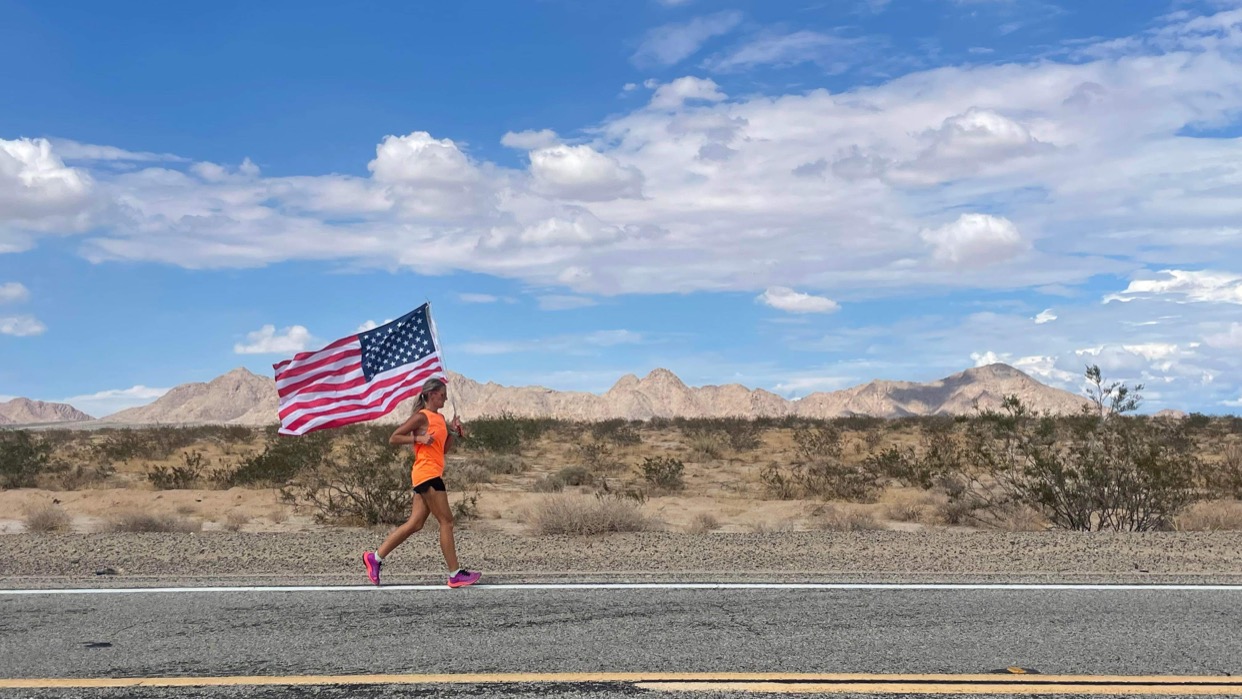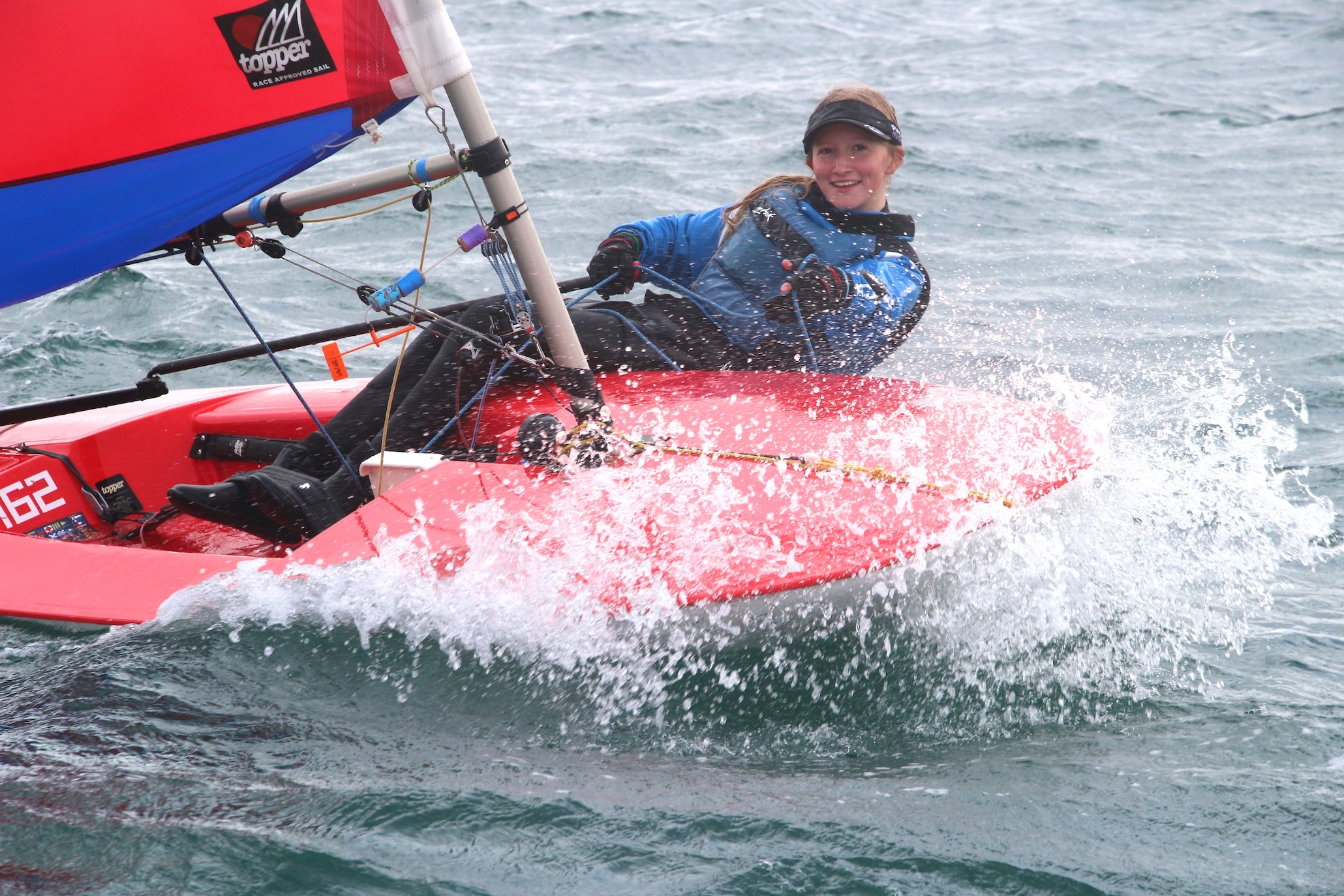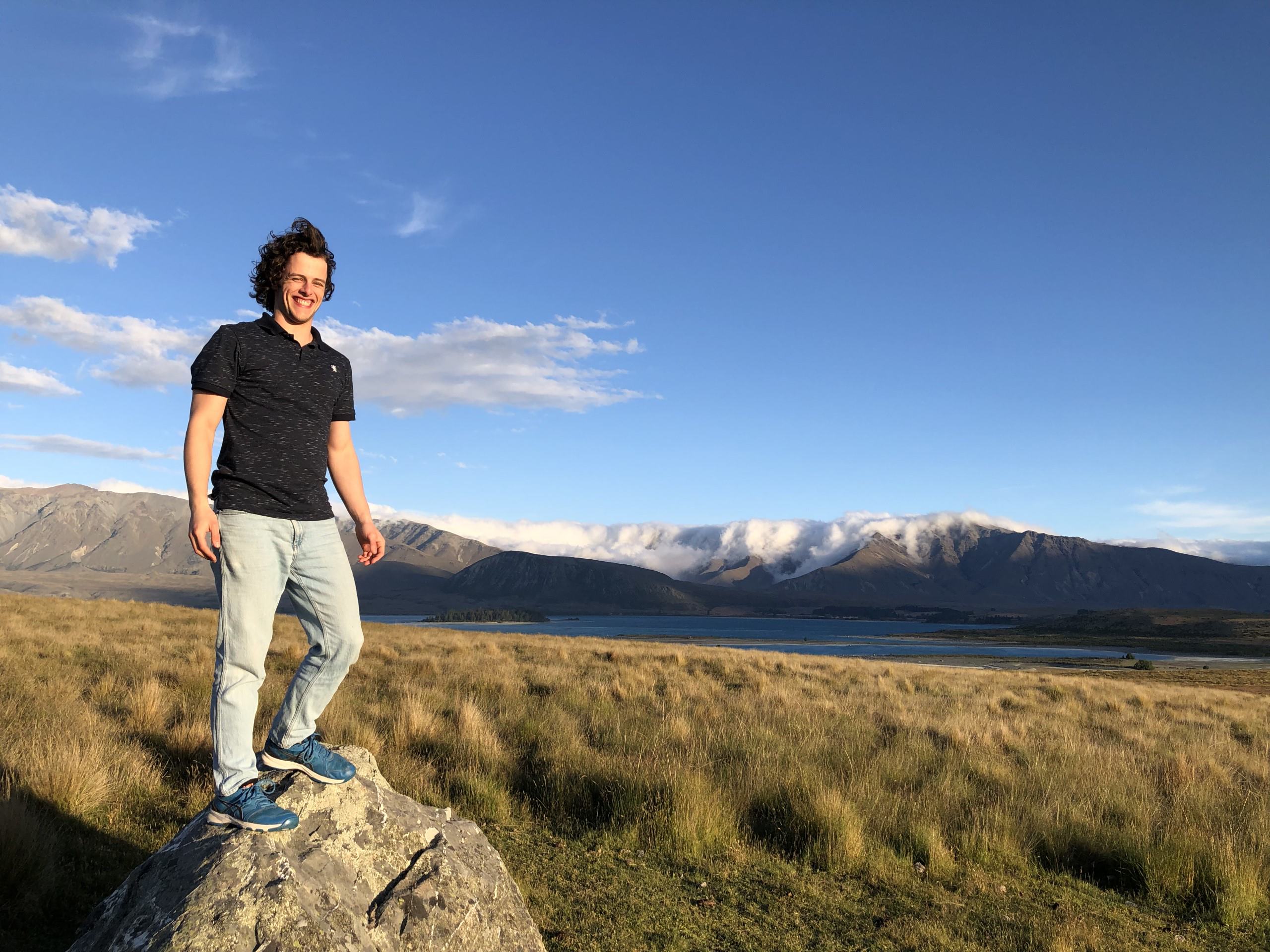
Is it okay to speak for my deaf or hard of hearing friend?
January 19, 2018
7 ways to get deaf kids involved in sports
January 23, 2018Celebrating the diversity of deafness

What does it mean to be Deaf, deaf or hard of hearing?
Whether you are heavily involved in the Deaf/deaf/hard of hearing community, just learning about it, or somewhere in between, we would like to celebrate the diversity of deafness with you. We hope that this will clear up some confusion and inspire you to work with us on a goal of breaking down stigmas and spreading deaf awareness.
What does it mean to be Deaf?
Deaf culture (spelled with a big “D”) is a rich culture that includes its own language (Sign Language), social beliefs, history, values and traditions. Those who identify as Deaf, use sign language as their primary form of communication. There are many Deaf organizations around the world that offer support to the Deaf community.
The degree of hearing or fluency in sign language are not the only factors that define identification with the Deaf community. Deaf people describe a sense of connection and a shared understanding of what it means to be a deaf person that is felt almost immediately upon meeting another person who is deaf. According to Hands and Voices, a nonprofit hearing loss organization, Deaf people often talk about the sense of belonging they feel upon their first experience in this type of environment. There is a feeling of “home,” and community that comes from interaction with other Deaf people.
Deaf culture also comes with a deep history and tradition. The pride that gleams from Deaf culture projects “Deaf gain,” or looking at hearing loss as a gain rather than a loss. To learn more about deaf culture, visit these resources.
What does it mean to be deaf?
If a person identifies as deaf (spelled with a small “d”) it means that medically they are deaf, and have a severe-to-profound hearing loss. People who are deaf may use technology, such as hearing aids and cochlear implants, but also may communicate through speech or sign language – or both. The major difference is that they do not identify as capital “D” deaf, as a part of Deaf culture.
What does it mean to be hard of hearing?
People that identify as hard of hearing often have a mild-to-moderate hearing loss. They may identify with D/deaf culture, or hearing culture, or somewhere in between.
Hearing Loss as an Identity
Do you feel like maybe you don’t belong to just one category? Or does the phrase “Not deaf enough to be deaf, but not hearing enough to be hearing” resonate with you? Or maybe you have Meniere’s disease or Tinnitus and your hearing loss fluctuates.
The definition of Deaf, deaf and hard of hearing provides just a glimpse of what these terms mean. In reality, they are much more personal and complex than just a definition. Not everyone with hearing loss identifies with one definition and may have their own way that they identify with their hearing loss.
There are many types of hearing loss that can’t be put into a box or under a label.
“There are many types of hearing loss that can’t be put into a box or under a label.”
This is the gap we are trying to bridge. While labels can help us with our identity and finding where we belong, we also want the labels to be as inclusive as possible.
Hearing Loss as a Community
Just as Deaf people often talk about the sense of belonging they feel upon their first experience with Deaf culture, there is an opportunity to find a community through the experiences and sharing stories among people with all levels of hearing loss.
“…there is an opportunity to find a community through the experiences and sharing stories among people with all levels of hearing loss.”
One of the beautiful parts of being an editor of HearingLikeMe.com is seeing the diversity in deafness among our readers and contributors. Just a few years ago, my hearing loss identity puzzled me. My hearing friends didn’t understand what I was going through, and I could only relate to my deaf friends to a certain point. I had trouble seeing a middle between the two and gave up on my identity. If I can’t place myself into a group, then why should I even bother trying to identify where I belong?
Experiencing the diversity of deafness has helped me realize that I can identify with my own form of deafness. What being deaf means to me. While I don’t identify with the Deaf culture, I appreciate and respect it. Most importantly I learn from the community and I want to work with them on common accessibility goals and Deaf awareness.
“Experiencing the diversity of deafness has helped me realize that I can identify with my own form of deafness.”
I think there is a common misconception about what it means to be a part of the Deaf community or not. Being a part of the Deaf community doesn’t mean you have a profound hearing loss. It means that you identify with Deaf culture. Things are not always as they seem.
For example, when I met D.J. Demers on the Here to Hear Tour, I noticed how (seemingly) well he could hear – how clear his speech was and the fact that he can just start rapping or singing along with a song was impressive for someone who is deaf. So naturally, my question was, “How long did you do speech therapy?” He answered that he had never done speech therapy. My mind was blown, but also I realized that this is the beauty of deaf diversity. Everyone is meant to be what they are in terms of identity, communication, and culture. D.J. may have close to no hearing, but may hear better with his Phonak hearing aids than someone with a moderate hearing loss with hearing aids. Hearing loss is so unique to each person.
Watch: The Here To Hear Tour – The Gang Gets a Hearing Test
Another example or experiencing the vast diversity of hearing loss, was when I was at Gallaudet University during the Here to Hear Tour, and wanted to ask a student a question.
I did my attempt at sign language (which was not so good) and then to my surprise, the student began talking to me. Both of the students I talked to had mild/moderate hearing loss, wore hearing aids and grew up with speech. They recently did jumpstart sign language programs at Gallaudet because they felt more accepted into the Deaf community.
Both of these examples show how biases are in our heads, whether we think we have them or not. It also has led to me to appreciate each individual’s hearing loss journey and where they feel like they best thrive.
Given the uniqueness of hearing loss, there is no point in trying to categorize a person based on their hearing loss.
The HearingLikeMe.com community works together with all levels and identities of hearing loss on common goals.
Community Goals
Deaf Awareness
Maybe you have used hearing aids your whole life, but want to become a part of the Deaf community. Or maybe you are learning to accept your new hearing technology. Or maybe you are interested in hearing technology….
Whatever place you are on your hearing journey, we aim to spread awareness about all that is going on in the hearing loss community to keep people well informed. We also want to keep the hearing community informed with ways that they can accommodate and include people with hearing loss.
Deaf/deaf/hard of hearing awareness is an important common goal for all of us and is something to unite us to work together.
Spread hearing loss awareness by sharing stories and connecting with us on social media!
Follow us on Facebook, Instagram and YouTube.
Accessibility
Fighting for accessibility will always be important. However, fighting for accessibility becomes more specific and ties with spreading awareness, because everyone needs different levels of accessibility.
Tools like sign language, interpreters, hearing aid accessories and T-coils are some things that can help people with hearing loss communicate. Fighting for accessibility is tied into education about how to provide accessibility.
There are a variety of opportunities to fight for deaf accessibility. Join the push for captioning on YouTube, petition for subtitles in UK cinemas, or volunteer at local organizations to ensure your community is more accessible.
End Hearing Loss Stigmas
We all have different opinions on what stigmas still exist and which don’t. As a whole, whether there are still deaf/hearing loss/ hearing aid stigmas, we need to continue to change the conversations about hearing loss.
Changing the dialogue and the narrative is a way to begin to end stigmas.
Shy away from directly putting someone into a category. “So do you speak or sign?” Ask, “what form of communication do you use?”
Also, if someone says, “I’m sorry,” let them know that they should have no pity for you. Stay confident and educate them about your hearing loss. Stay proud, always!
Read more: Growing up with Hearing Loss: How I Gained Confidence to be Myself
Supporting #deaftalent and other people with hearing loss is another way to end hearing loss stigmas in pop culture. Continuing to come together to support one another is another way to change the narratives. We can also empower one another as we stay united.
The hearing aid stigma
Has the hearing aid stigma become better? Yes, by so much. Does it still exist? For some it does.
When on the Here to Hear Tour with D.J. Demers, D.J. would ask how many people in the audience wore hearing aids? Only a few would raise their hands, but after the show, many more people would come up to D.J. to talk about their hearing loss who didn’t raise their hand at the beginning.
Read more: Deaf comedian’s epic road trip to break down hearing loss stigmas
Hearing aids and cochlear implants often lead to people making snap judgments without getting to know a person, because the device is so visible.
Of course, there is the question of how this all started, which author Brande Plotnick refers to as the chicken or the egg question. “Which comes first, the chicken or the egg? Did hearing aid marketers create the negative stigma or was the stigma already there and marketers are simply reacting to it?”
This can be frustrating, but in the end, we need to look forward and not be hindered by past stigmas or assumptions. As D.J. Demers showed on his Here to Hear Tour, his hearing aids don’t define him and he can be a comedian with hearing loss.
Sparking dialogue and spreading awareness about your hearing loss can help others see it from a different point of view.
Working to end stigmas together and spread deaf awareness can help us discover our own deaf identities along the way.
Read more: NEWSFLASH: Hearing aids are cool!
What does being deaf mean to you? Let us know on social media using the hashtag #deafdiversity. Also, share your hearing journey with us! Join the community





